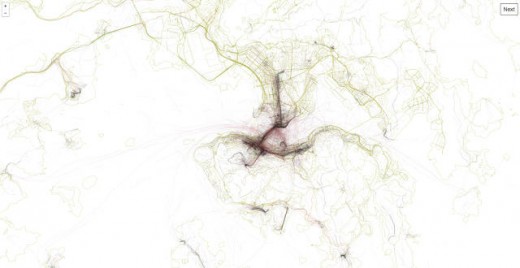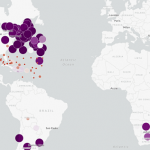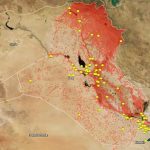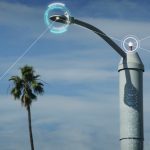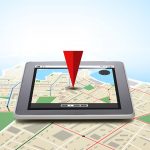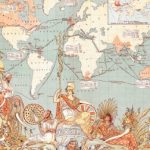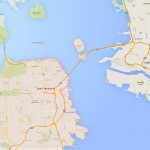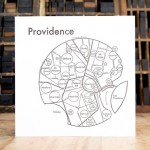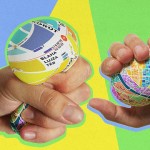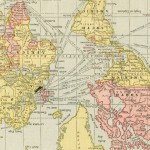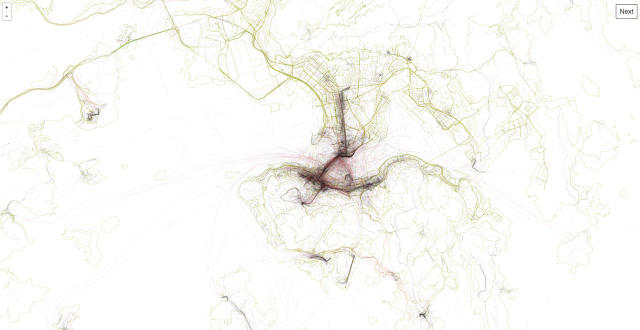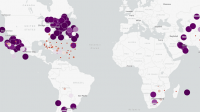These lovely city Maps have been Drawn with the aid of Our Paths through Them
The metadata in our pictures holds wisdom about our cities, as Mapbox’s Eric Fischer demonstrates with open data.
April 28, 2015
It’s no secret that tourists love to snap pictures on the Staten Island ferry. Or that photographers will wander the aspect streets of east London capturing the most recent boulevard art. everyone knows that Paris’s visitor-friendly arrondissements are flooded with selfie sticks on weekends. Now, a brand new visualization of greater than a decade of Flickr images shows exactly what paths photographers make when taking photos.
Mapbox, the Washington, D.C.-primarily based mapping firm that gives public mapping instruments below an open supply philosophy and works with clients like sq., Evernote, and Foursquare, produced the Flickr pictures maps the use of metadata gleaned with the aid of scraping the information from publicly available pictures on the web site. because of this Mapbox systematically bought the information you select to let your cellphone or digicam file each time you snap a picture—the exact GPS location, the time of day, the type of phone you used, and more.
Pan and zoom on this interactive map of New York city’s Flickr information, and press “next” to peer other cities:
Eric Fischer, the artist and mapping expert at the back of the mission, told quick firm that he best downloaded metadata related to pictures moderately than the pictures themselves. That metadata was once then filtered to exclude footage taken greater than three miles apart or 10 miles apart.
“A map like this pushes limits in quite a lot of ways,” he brought. “in the event you zoom in on occasions square, you see millions of strains being generated on top of each and every different. There are huge differences in the density of data, and seeing how we will mix and visualize the info.”
The visualizations have been made by using layering Flickr’s search API onto Mapbox’s own interior mapping platform and crowdsourced mapping information from OpenStreetMap. completely different colours on the map point out time stamps, pace in going from one region to some other, and the popularity of places. Black indicates strolling speeds, all different colours indicate biking, driving, or taking public transportation between image spots.
looking on the maps finds sudden issues: the popularity of images on new york’s Circle Line versus the Staten Island Ferry, for example, or the relative lack of images taken in proximity to San Francisco’s AT&T Park. In Las Vegas, the strains of commute are nearly totally vertical: It’s a rare Las Vegas photographer who doesn’t go from location to location by means of the Strip.

Fischer also sees his visualizations as works art that serve for instance social and concrete issues, like the place homeowners of certain kinds of smartphones live or traffic in American cities. Fischer, who has up to now mapped locals and tourists in cities the usage of Flickr metadata, additionally not too long ago released “Locals & tourists,” a searchable world map that visualizes the tweets of city residents versus out-of-towners in keeping with Twitter location information. as a result of Flickr bargains developers a a long way richer knowledge circulate in comparison with Instagram, map consultants corresponding to Fischer are inclined to base their work round Flickr’s firehose.
Garrett Miller, a Mapbox designer, introduced that the challenge was supposed each so to take a look at the limits for Mapbox’s device (which produces visualizations for shoppers out of geographic data) and as a proof of idea to indicate what the corporate’s staff might do for potential clients. “We pulled in tens of millions of strains and tens of millions of factors,” Miller mentioned. “it is a just right story but also a technique to stress-check the machine.” Mapbox bargains their clients, essentially startups, get entry to to libraries and software building kits (SDKs) to integrate map products into their apps and web pages.

The visualizations also lend a hand demonstrate the worth of open knowledge—the usage of it and making it. “As we’re a company heavily invested in open knowledge, we’re beginning to work on ways in which our consumers and companions can use their own information to support open source projects,” Miller mentioned. In a related undertaking, for example, Mapbox used anonymous information emitted with the aid of smartphones when users have been working or jogging to enhance the accuracy of OpenStreetMap.
at some point, Miller imagines initiatives “like a climate company providing API endpoints for temperature, precipitation, and wind that work across all of Mapbox’s products, or a photo-sharing web site that crunches geospatial analytics down in a equivalent shareable manner.”
there is some other advantage to Fischer’s maps, Miller stated: They help illustrate what varieties of mapping projects persons are concerned with. “Visualizations like this help us gauge interest on certain consumer stories and relay back to our companions the place there may be potential for collaboration.”
(148)

